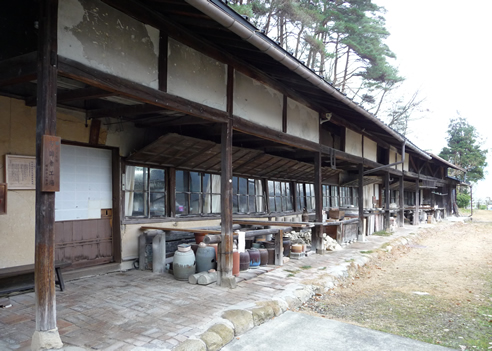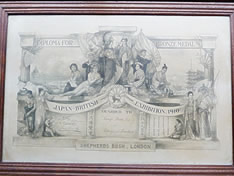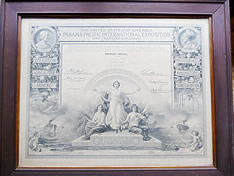Shibukusa Pottery Shibukusa Pottery Houkokusha

Takayama was under direct control of the Tokugawa Shogunate, Fujinoshin Toyoda, the magistraite of the Hida area (under the jurisdiction of Takayama), with a hope to make pottery a new industry in the area, had a semi-private ceramics factory opened in Shibukusa Pottery is located. For this project, potters were invited from Hizen Karatsu and so were such famous painters as Chikuzan, Shuzan, and Fujizo of the Soga family from Kutani. The primary material used was the high-quality Shibukusa Pottery stone, which had already been discovered and was excavated locally. With several other potters invited later from Owari Seto, the pottery produced fine works which were called Hida Kutani and Hida Akae. Surviving the aftermath of the collapse of the Tokugawa Shogunate, pottery was taken over by a group of local business leaders such as Genjiro Miwa in 1878. The name, “Houkokusha” was jointly decided by Shojiro Goto, Tesshu Yamaoka and Kaishu Katsu, who played important roles to establish a new government under Emperor Meiji. The works produced here were exhibited under the name of Houkokusha, instead of individual potters’ names, at the 1900 Paris Exposition, the Japan-British Exhibition, and many competitions and fairs in Japan and abroad, receiving high Commendation from the audience.
The product is baked at high temperature for a long time to get strength, carefully selected raw materials suitable for it and uniquely formulated glaze and paint suitable for it are used, therefore, it will become a tasteful combination of durability and unique beauty.
Even today, each craftsman makes it by hand and makes use of the white ground by hand-drawing, which is said to be Shibukusa tone. It has been painted while still retaining traditional techniques.



Bronze Award in San Francisco
